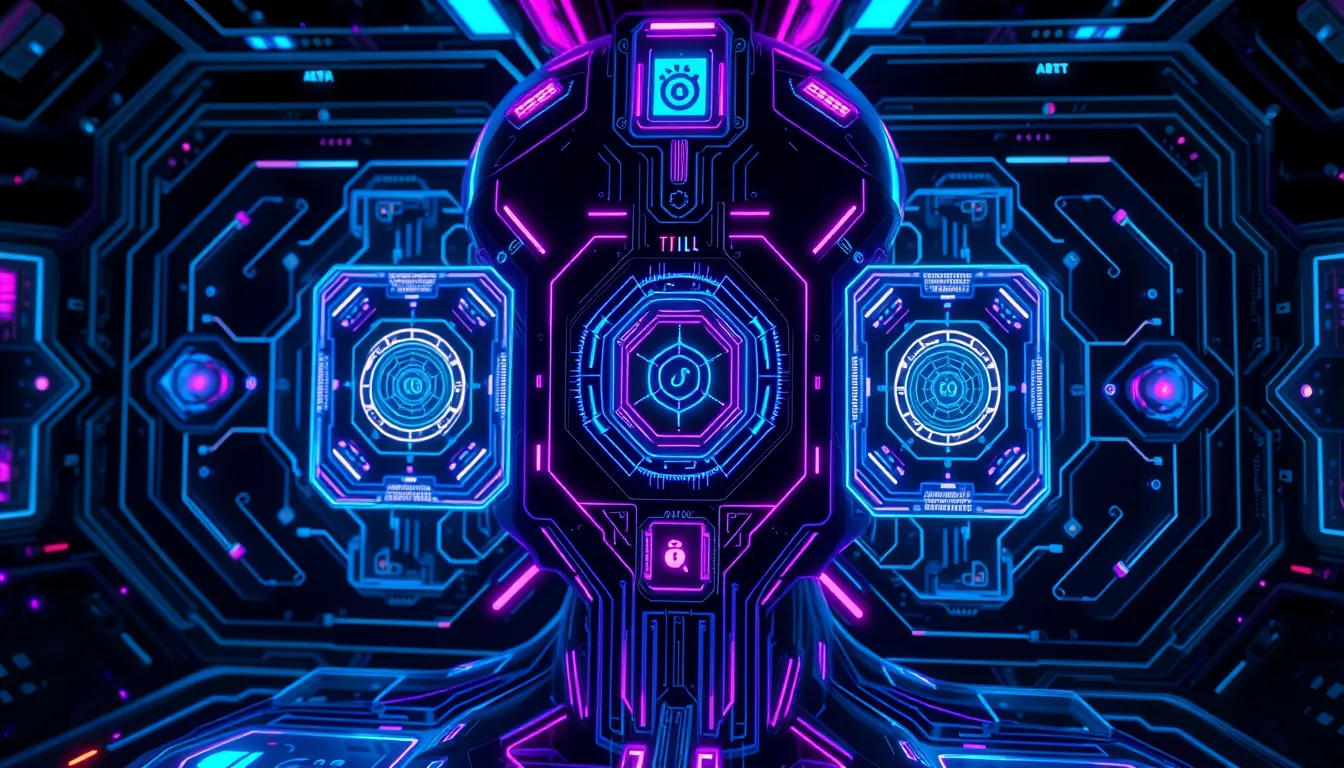Now Reading: Powerful AI in Healthcare Diagnostics: Boosting Patient Care
-
01
Powerful AI in Healthcare Diagnostics: Boosting Patient Care
Powerful AI in Healthcare Diagnostics: Boosting Patient Care

Powerful AI in Healthcare Diagnostics: Boosting Patient Care
In today’s rapidly evolving digital landscape, technology has undeniably transformed the way we view and approach healthcare. One groundbreaking innovation is AI in healthcare diagnostics, a key driver in revolutionizing patient care and medical imaging systems. This article explores the myriad ways artificial intelligence is reshaping diagnostics, improving accuracy, and ultimately boosting patient care outcomes.
The Evolution of AI in Healthcare
Artificial intelligence started as a futuristic concept, but today it stands at the forefront of innovative medical practices. From early diagnostic tools to advanced algorithms, AI in healthcare diagnostics has evolved remarkably. Here are some pivotal milestones:
- The integration of AI in early disease diagnosis through predictive analytics.
- Advancements in image processing that allow for quicker and more accurate readings of medical scans.
- Implementation of AI algorithms in personalized medicine, tailoring treatments based on individual patient profiles.
How AI in Healthcare Diagnostics Works
Understanding the core components behind AI in healthcare diagnostics is critical. Modern diagnostic systems incorporate deep learning and neural networks, which analyze medical images and patient data in real time. These systems use vast data sets sourced from hospitals and research institutions, including platforms like the National Institutes of Health, to train algorithms that continuously improve diagnostic precision.
Key elements include:
- Data Collection: Secure collection of high-quality patient data and imaging.
- Algorithm Training: Leveraging machine learning to analyze and predict health outcomes.
- Real-Time Analysis: Immediate interpretation of diagnostic images to assist clinicians.
The seamless interplay of these components culminates in AI in healthcare diagnostics that not only predicts diseases but also tailors treatment plans for improved patient care. Medical institutions, including leading organizations like Google Health and Microsoft Research, are investing heavily in these technologies.
The Benefits of AI in Healthcare Diagnostics
AI in healthcare diagnostics offers a multitude of advantages, some of which include:
- Enhanced Accuracy: Algorithms reduce human error, leading to more reliable diagnoses.
- Speed and Efficiency: Rapid image analysis shortens waiting periods and speeds up treatment.
- Predictive Insights: AI provides actionable insights to preemptively manage health conditions.
- Cost Efficiency: By streamlining processes, healthcare providers can reduce unnecessary tests and procedures.
These benefits create a safer environment for patients and open pathways for preventative medicine. As hospitals and diagnostic centers adopt these intelligent systems, they signal a future where technology and healthcare converge to create more personalized and effective treatment protocols.
Overcoming Challenges in AI Implementation
Despite its clear benefits, integrating AI in healthcare diagnostics comes with its share of challenges. There are concerns around data privacy, algorithmic bias, and the need for extensive training data. Healthcare providers must address these issues through robust policies and ethical guidelines.
Key challenges include:
- Ensuring patient data confidentiality and security.
- Mitigating biases in algorithms to avoid misdiagnosis.
- Continuously updating systems with the latest medical research.
Solutions involve collaboration between tech companies, healthcare institutions, and regulatory bodies. By developing transparent systems and best practices, the industry can champion innovation while protecting patient trust.
Future Trends in AI-Powered Healthcare Diagnostics
The journey of AI in healthcare diagnostics is far from over. Future trends point towards greater integration of AI with wearable devices, advanced robotics, and remote diagnostic systems, further bridging the gap between patient data and treatment. Innovations in AI will likely include:
- Expanded telemedicine applications powered by AI-driven analytics.
- Enhanced integration of electronic health records (EHRs) with AI for seamless patient care.
- Increased use of AI to tackle chronic diseases and public health challenges.
Conclusion
As we continue to navigate the digital age, the role of AI in healthcare diagnostics is set to expand, making diagnostic processes faster, more accurate, and significantly more personalized. The adoption of these technologies marks a major step forward in achieving better patient outcomes and fostering a more efficient healthcare system. With ongoing research and development, AI in healthcare diagnostics will continue to be a cornerstone of modern medicine.
For more in-depth information on the impacts of AI on patient care and diagnostics, visit reputable sources such as the World Health Organization and leading academic journals in medical technology. As these trends evolve, both patients and healthcare providers stand to gain immensely from a smarter, more responsive healthcare environment.
By embracing AI in healthcare diagnostics, the future of medical care looks not only promising but revolutionary, paving the way for breakthroughs that will benefit society as a whole.

























